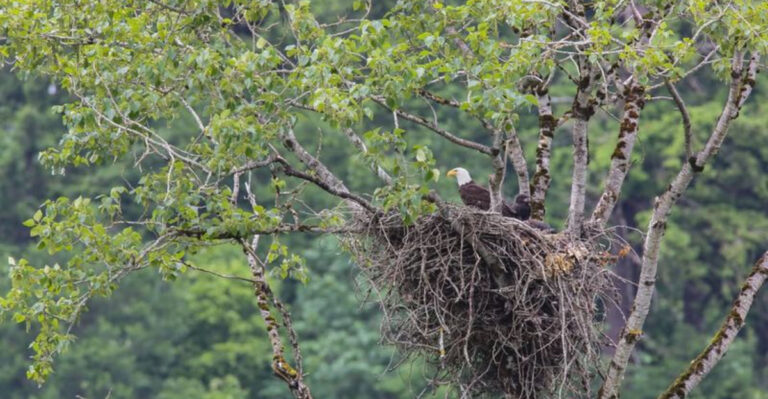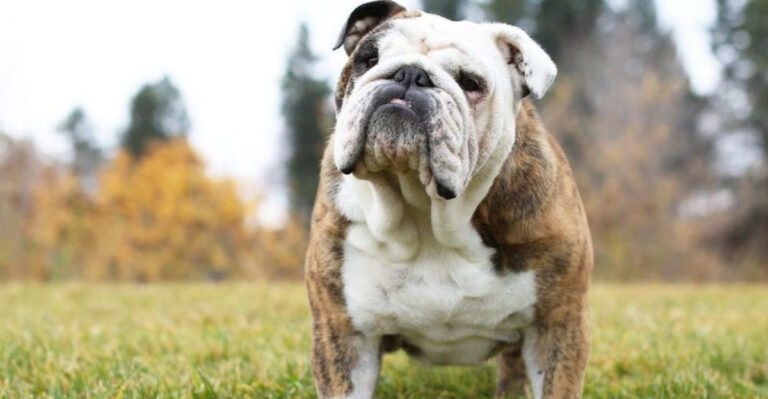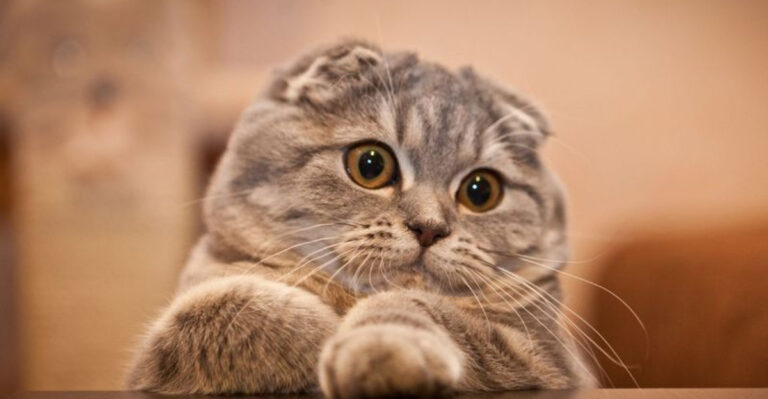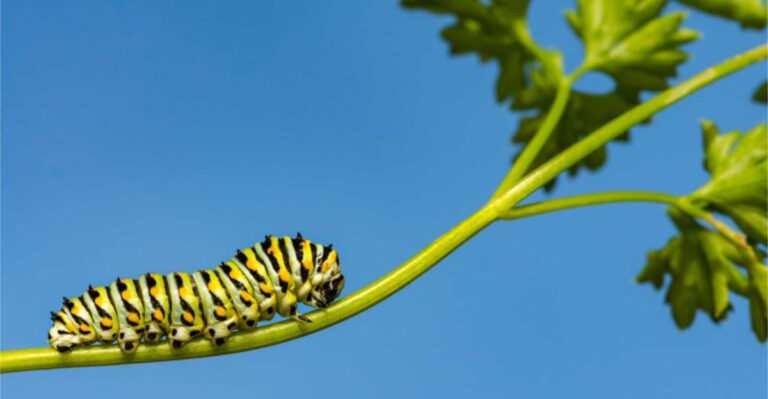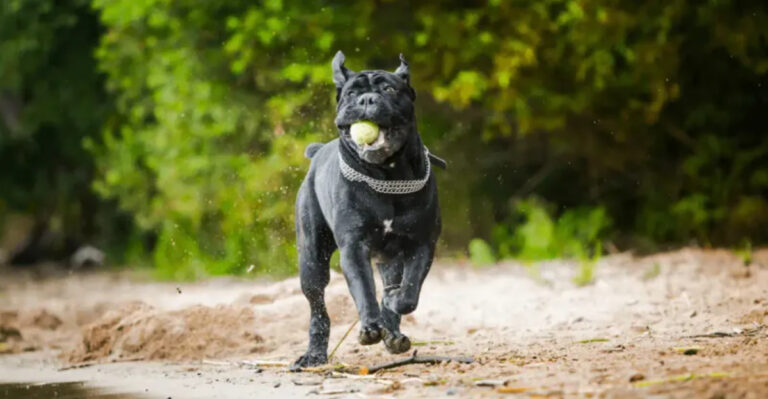15 Animals That Did Not Exist 100 Years Ago
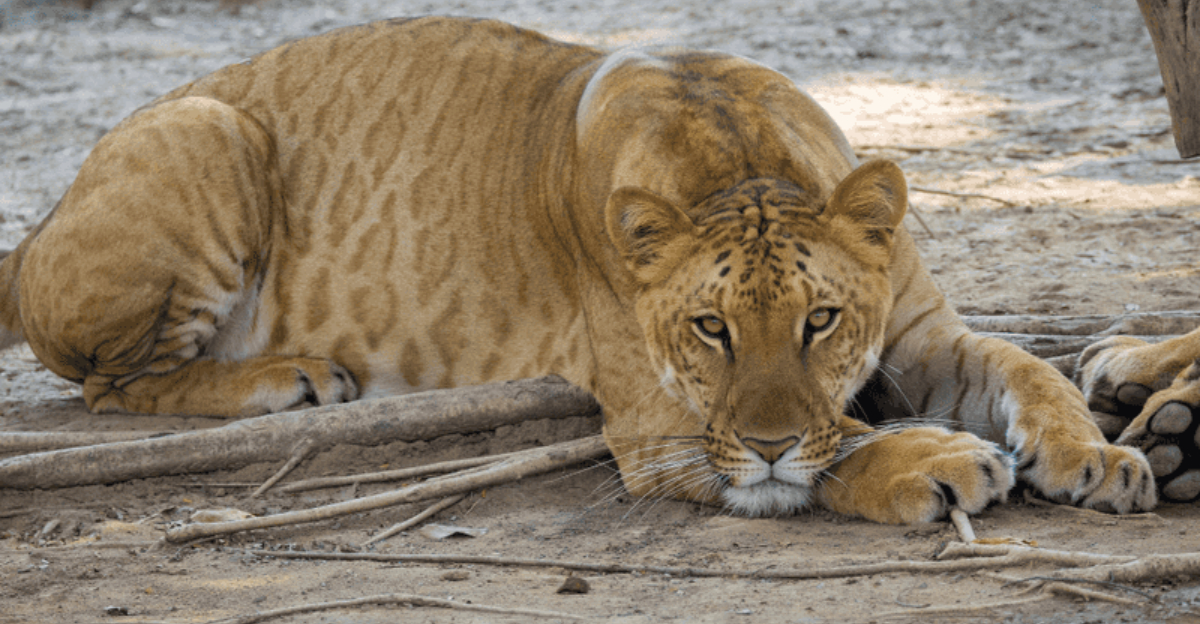
Ever wondered what creatures on our planet are truly modern inventions? While evolution typically takes millions of years, humans have accelerated this process through selective breeding and hybridization.
The animals on this list weren’t roaming Earth when your great-grandparents were children. Some were deliberately created to solve problems, while others emerged through unexpected crossbreeding or environmental adaptation.
1. The Labradoodle’s Fluffy Revolution
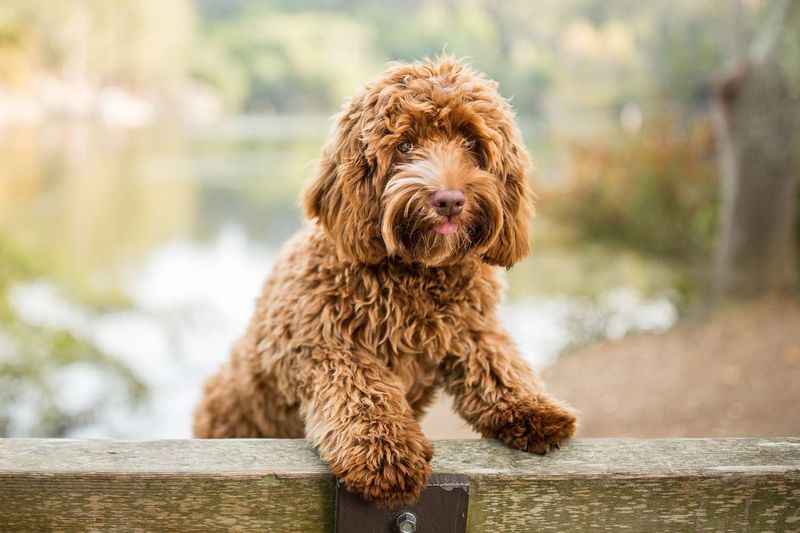
Wally Conron never imagined creating a worldwide phenomenon when he crossed a Labrador with a Poodle in 1989. His goal was simple: develop a hypoallergenic guide dog for a sight-impaired woman whose husband had allergies.
The experiment worked brilliantly, combining the Labrador’s trainability with the Poodle’s non-shedding coat. Today, these intelligent, friendly dogs have transcended their service animal origins to become beloved family pets across the globe.
Their popularity sparked the designer dog movement, forever changing how we think about canine breeding.
2. Bengal Cats: Wild Beauty in Your Living Room
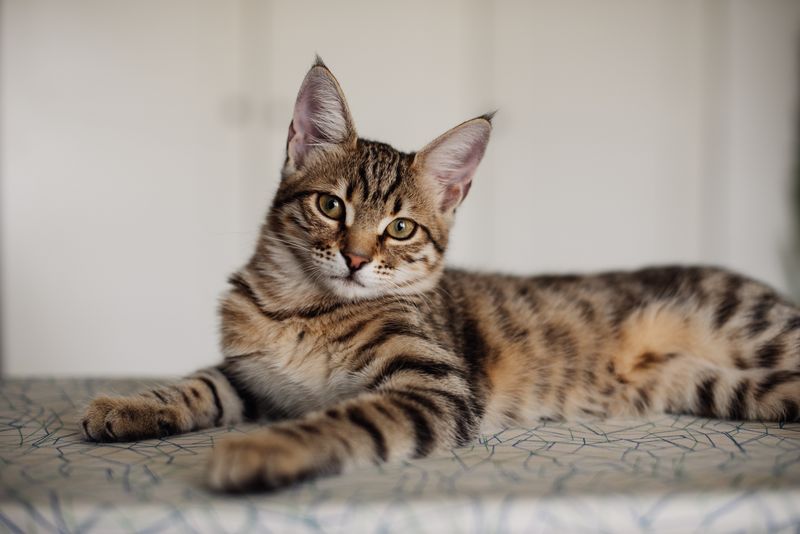
Jean Mill’s fascination with leopard-spotted cats led her to create something extraordinary in the 1970s. By crossing domestic cats with the wild Asian leopard cat, she birthed the Bengal—a breed with the wild appearance of a jungle cat but the temperament of a house pet.
Their distinctive spotted coats and muscular bodies make them look like miniature leopards. Unlike their wild ancestors, Bengals form deep bonds with humans and possess playful, energetic personalities.
Modern Bengals are at least four generations removed from their wild forebears.
3. The Savannah Cat’s Serval Ancestry

Standing tall on leopard-like legs, the Savannah cat commands attention with its exotic appearance. This striking breed emerged in 1986 when breeder Judee Frank crossed a serval (African wild cat) with a domestic cat, creating a remarkable hybrid.
Savannahs inherited the serval’s impressive stature and distinctive spotted coat. Many can jump up to eight feet high from a standing position!
Despite their wild appearance, well-socialized Savannahs display dog-like loyalty, often following their owners around and even learning to walk on leashes.
4. Belgian Blue: The Muscle-Bound Bovine
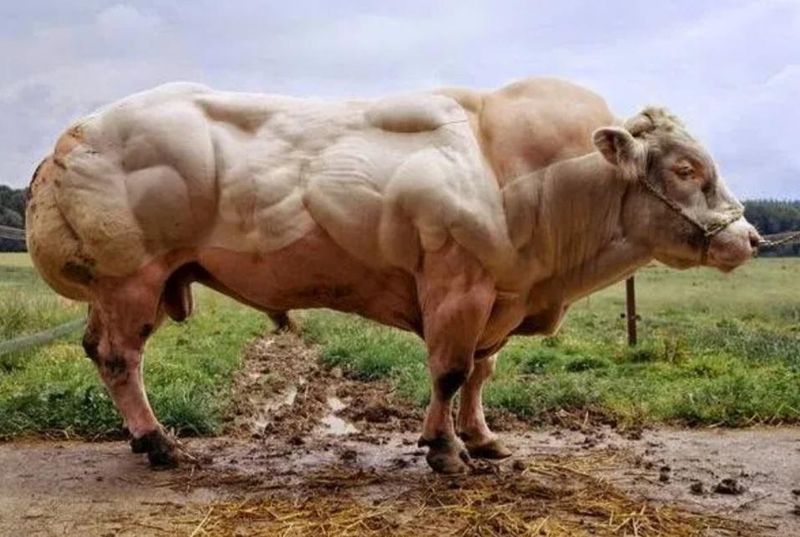
Imagine a cow with muscles that would make bodybuilders jealous. Belgian Blues developed their extraordinary physique through a natural mutation that appeared in the 1800s but was only intensively bred after the 1950s.
These cattle possess a genetic condition called “double muscling” where the body produces abnormally reduced myostatin, allowing muscles to grow without the usual limitations. A single Belgian Blue can yield up to 30% more meat than conventional cattle breeds.
Their distinctive appearance has sparked ethical debates about selective breeding practices.
5. The Wholphin’s Unexpected Existence

Nature occasionally produces surprises even without human intervention. The wholphin represents one such miracle – a rare hybrid offspring of a false killer whale and Atlantic bottlenose dolphin.
First documented at Hawaii’s Sea Life Park in 1985, these remarkable creatures display characteristics of both parent species. Their size falls between their smaller dolphin mothers and larger whale fathers, while their skin tone presents as an intermediate gray.
Only a handful have ever been confirmed in captivity, with Kekaimalu, born at Sea Life Park, being the most famous example.
6. Cama: The Camel-Llama Hybrid
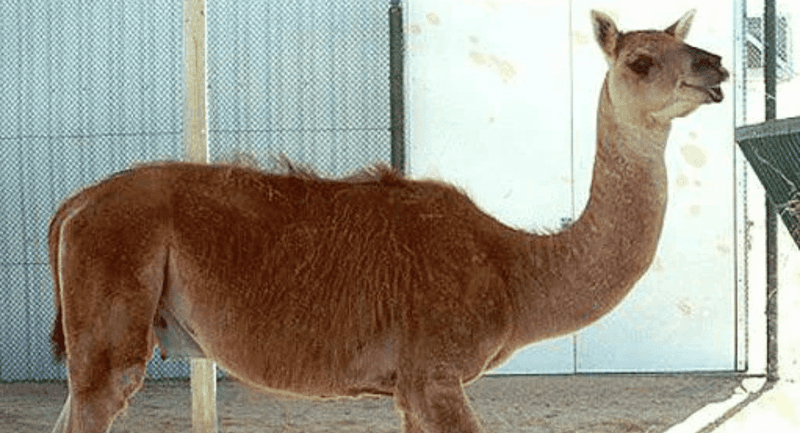
Scientists at Dubai’s Camel Reproduction Center achieved what nature couldn’t in 1998. Through artificial insemination, they successfully crossed a camel with a llama, creating the first-ever cama.
These unusual hybrids inherit the strength and endurance of camels while maintaining the wool-producing qualities of llamas. Without human intervention, these species would never mate naturally due to their massive size difference.
Only five camas exist worldwide, making them among the rarest human-created animals. Their unique biology continues to fascinate researchers studying interspecies reproduction.
7. Beefalo: Where Bison Meet Cattle

Ranchers seeking hardier livestock with leaner meat created the beefalo by crossing American bison with domestic cattle. Though accidental crosses occurred earlier, intentional breeding programs only gained momentum in the 1970s.
These robust animals inherit the bison’s ability to thrive in harsh conditions while retaining cattle’s docile temperament. Their meat contains less fat and cholesterol than traditional beef, making it increasingly popular with health-conscious consumers.
Modern beefalo typically carry about 37.5% bison genetics—enough to impart desirable traits without the wild temperament.
8. The Intentional Grolar Bear Emergence
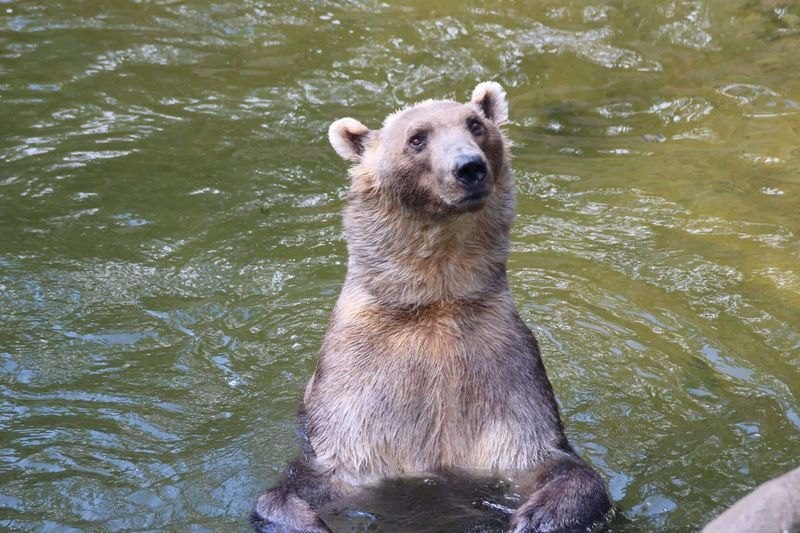
Climate change has pushed polar bears southward and grizzlies northward, creating unexpected encounters in the wild. These meetings have produced grolar bears (also called pizzly bears)—hybrids previously unheard of before the first confirmed wild specimen in 2006.
Their appearance blends both parent species with cream-colored fur, humped shoulders, and partially hollow hair. Most fascinating is their mixed behavior: they combine the polar bear’s marine hunting skills with the grizzly’s omnivorous flexibility.
Scientists view these hybrids as living evidence of our changing climate.
9. Coywolf: Nature’s Adaptable Canid
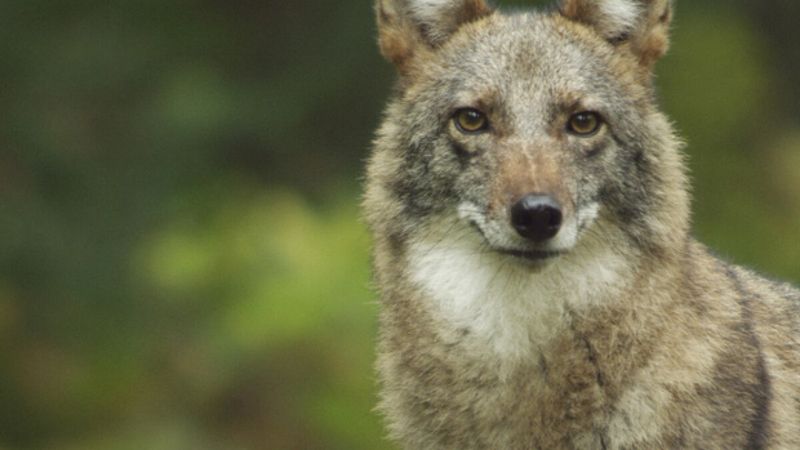
Eastern coyotes today aren’t what they were a century ago. As wolves were hunted to near-extinction in parts of North America, surviving wolves began breeding with western coyotes moving into their territory, creating the coywolf.
These adaptable hybrids are approximately 60% coyote, 30% wolf, and 10% dog. Larger than pure coyotes but smaller than wolves, they possess enhanced intelligence that allows them to thrive in diverse environments from remote forests to urban centers.
Their remarkable success demonstrates nature’s resilience in the face of human-caused ecosystem changes.
10. Liger: The Supersized Cat Hybrid

When a male lion and female tiger mate, they produce the world’s largest cat—the liger. These magnificent creatures can weigh over 900 pounds and stand 12 feet tall on their hind legs, dwarfing both parent species.
Unlike many hybrids, ligers continue growing throughout their lives due to the absence of growth-inhibiting genes that normally pass from lion fathers to their cubs. They display fascinating mixed behaviors, enjoying swimming like tigers while being social like lions.
Ligers only exist through human intervention, as lions and tigers never overlap in the wild.
11. The Distinctive Scottish Fold Cat
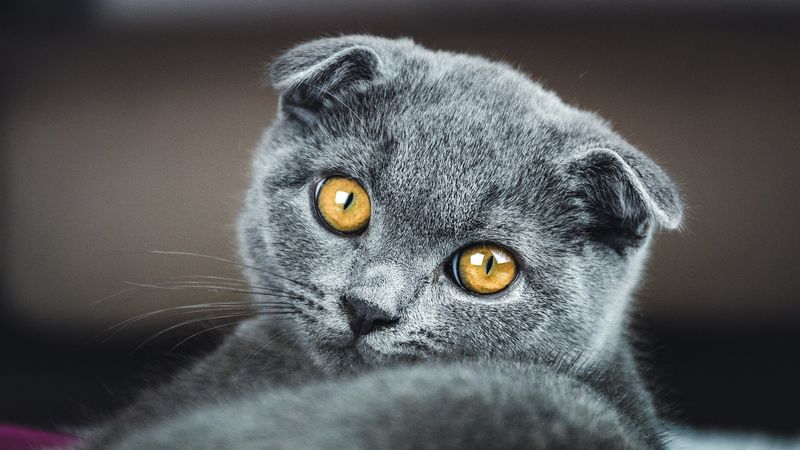
A genetic mutation on a Scottish farm in 1961 produced Susie, a white barn cat with unusually folded ears. This chance occurrence launched an entirely new breed—the Scottish Fold.
Their characteristic folded ears result from a cartilage abnormality that gives them an owl-like, perpetually curious expression. These sweet-tempered cats quickly captured hearts worldwide, becoming one of the most recognizable modern breeds.
Though adorable, ethical breeders carefully manage breeding programs since homozygous folded-to-folded matings can cause skeletal problems in offspring.
12. Genetically Modified GloFish
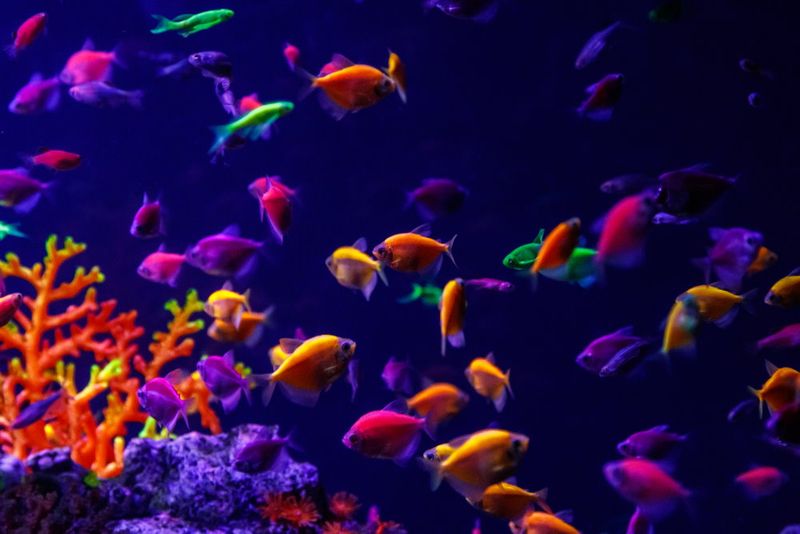
Swimming through aquariums with an otherworldly glow, GloFish represent the first genetically modified animals sold as pets. Originally developed by scientists in 1999 to detect water pollution, these fluorescent fish contain genes from sea coral that make them glow under black light.
Available in electric red, green, orange, blue, and purple varieties, they’ve revolutionized the aquarium hobby. The technology began with zebra danios but now includes tetras and tiger barbs.
Despite controversy surrounding GMO pets, GloFish have gained widespread acceptance since their commercial introduction in 2003.
13. The Distinctive Dorper Sheep
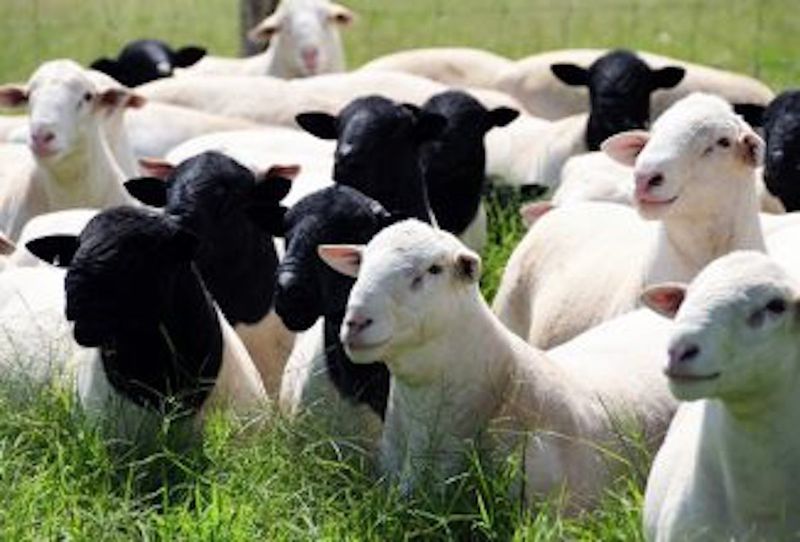
South African farmers faced a challenging climate that demanded an equally resilient livestock solution. Their answer came in 1942 with the Dorper sheep—a cross between the hardy Blackhead Persian and the meaty Dorset Horn.
Unlike conventional sheep, Dorpers don’t need shearing; they naturally shed their coat when temperatures rise. Their exceptional meat quality and ability to thrive in harsh environments quickly made them a global agricultural success.
From their modest beginnings, Dorpers have become the second most popular sheep breed in their native South Africa.
14. The Toyger’s Wild Inspiration
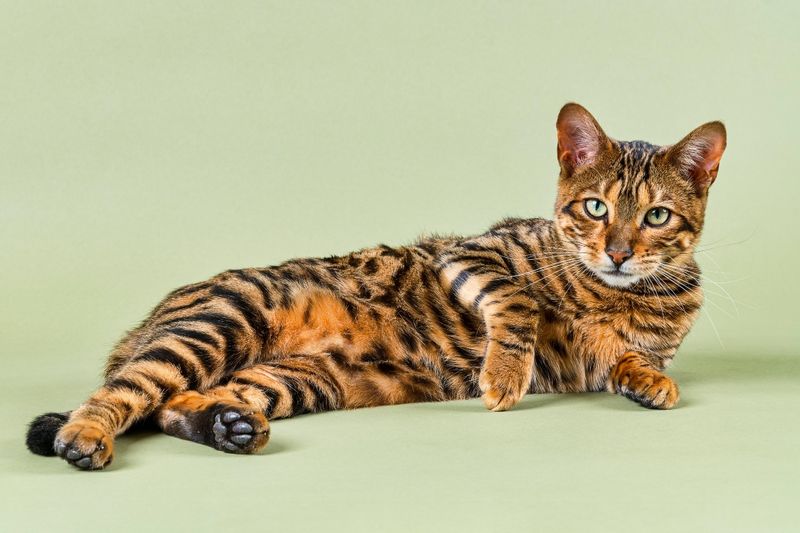
Judy Sugden had a vision in the 1980s: create a domestic cat that resembled a tiger but possessed a gentle temperament. Through careful selective breeding of domestic shorthairs with distinctive tabby patterns, the Toyger was born.
These stunning felines feature dramatic orange backgrounds with dark, branching stripes and a muscular, low-slung body reminiscent of their wild inspiration. No actual tiger genes were used in their development.
Beyond their striking appearance, Toygers were purposefully bred to raise awareness about tiger conservation, with breeders often donating to wildlife protection efforts.
15. The Omega Lamb Project’s Special Breed
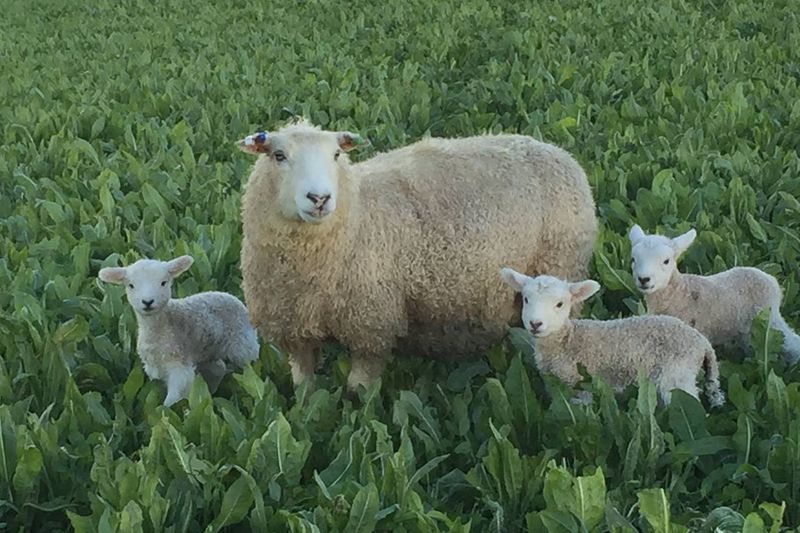
New Zealand scientists revolutionized lamb production in 2017 with a specially bred sheep variety under the Omega Lamb Project. These innovative animals contain naturally higher levels of omega-3 fatty acids and polyunsaturated fats thanks to selective breeding and specialized feeding programs.
Marketed as “Te Mana Lamb,” this meat addresses both health-conscious consumers’ demands and environmental concerns. The sheep require less feed than conventional breeds while producing meat with improved taste and nutritional profiles.
Their development represents a fascinating intersection of traditional breeding techniques with modern nutritional science.


